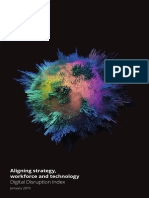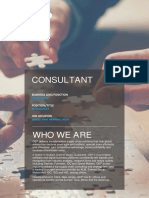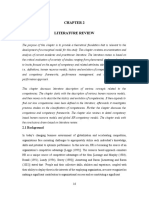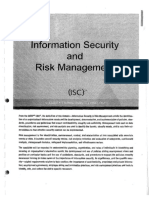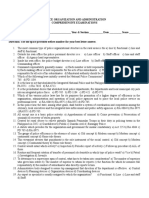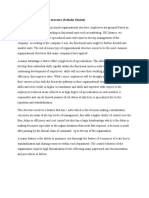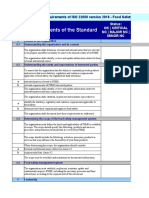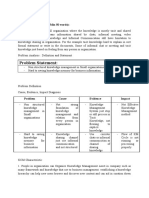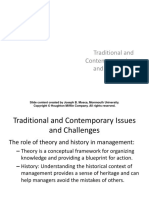0% found this document useful (0 votes)
182 views17 pagesAIHR Organizational Development Process Cheat Sheet
This cheat sheet outlines a 5-step Organizational Development (OD) process designed for HR professionals to enhance organizational effectiveness and adaptability in a volatile environment. The steps include entering and contracting, diagnosing, intervening and taking action, evaluating and providing feedback, and endings and exit, with practical examples and tips provided for each stage. It emphasizes the importance of data-driven approaches and stakeholder engagement throughout the OD process.
Uploaded by
Daniela AlimCopyright
© © All Rights Reserved
We take content rights seriously. If you suspect this is your content, claim it here.
Available Formats
Download as PDF, TXT or read online on Scribd
0% found this document useful (0 votes)
182 views17 pagesAIHR Organizational Development Process Cheat Sheet
This cheat sheet outlines a 5-step Organizational Development (OD) process designed for HR professionals to enhance organizational effectiveness and adaptability in a volatile environment. The steps include entering and contracting, diagnosing, intervening and taking action, evaluating and providing feedback, and endings and exit, with practical examples and tips provided for each stage. It emphasizes the importance of data-driven approaches and stakeholder engagement throughout the OD process.
Uploaded by
Daniela AlimCopyright
© © All Rights Reserved
We take content rights seriously. If you suspect this is your content, claim it here.
Available Formats
Download as PDF, TXT or read online on Scribd
/ 17














































